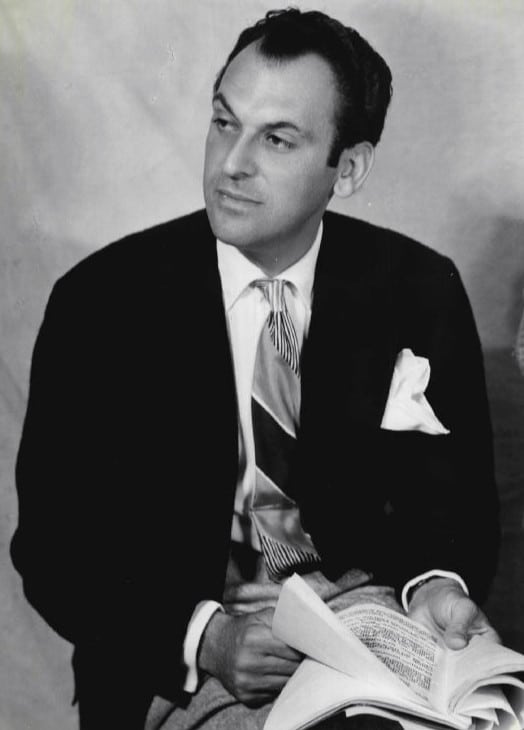DCPA NEWS CENTER
Enjoy the best stories and perspectives from the theatre world today.
Enjoy the best stories and perspectives from the theatre world today.
In the video above, Artistic Director Chris Coleman talks about ‘Light Up the Sky.’

Moss Hart in 1940.
Written by: Moss Hart
Peter: “My whole career is passing in front of me – like the time I fell through the trap door in Faust!”
Frances: “What the hell is that play all about?”
Stella: “It’s an allegory, that’s what the man in back of me said. In the middle of the first act he said, ‘This play is either an allegory or the biggest joke ever played on the city of Boston.’”
John Moore was named one of the 12 most influential theater critics in the U.S. by American Theatre Magazine. He has since taken a groundbreaking position as the Denver Center’s Senior Arts Journalist.
